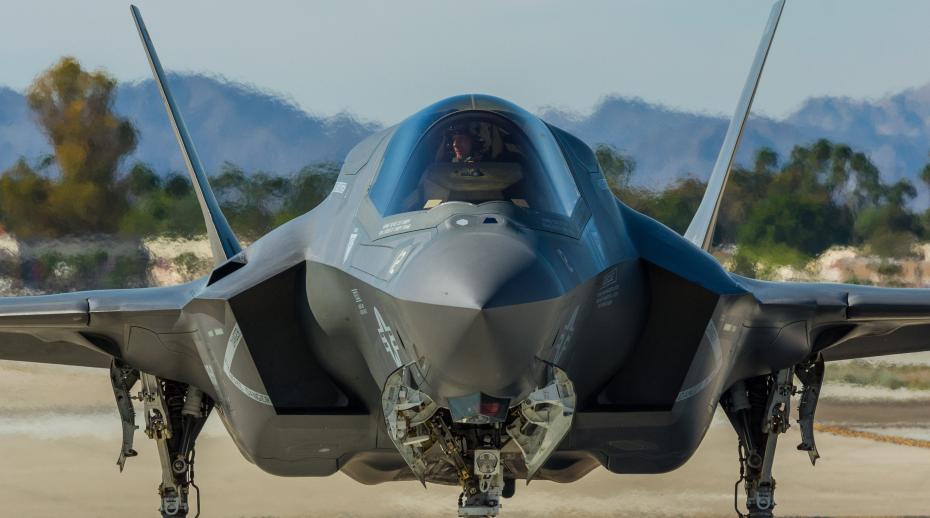BEIJING, June 29 (Xinhua) — A China-initiated multilateral bank that has dominated media headlines for months took a key step forward on Monday, with the signing of an agreement that outlines the framework and management structure for the institution.
Representatives of the 57 prospective founding countries of the Asian Infrastructure Investment Bank (AIIB) gathered in Beijing for the signing ceremony in the Great Hall of the People. Australia was the first country to sign the document.
The 60-article agreement specified each member’s share as well as the governance structure and policy-making mechanism of the bank, which is designed to finance infrastructure in Asia.
Seventy-five percent of the bank’s share is distributed among Asian and Oceanian countries while the remaining 25 percent is assigned to countries outside the region. As the bank expands its membership, countries outside of the region can expand their stake, but the portion cannot exceed 30 percent. Each member will be allocated a share of the quota based on the size of their economy.
China, India and Russia are the three largest shareholders, taking a 30.34 percent, 8.52 percent, 6.66 percent stake, respectively. Their voting shares are calculated at 26.06 percent, 7.5 percent and 5.92 percent.
China’s stake and voting share in the initial stage are a “natural outcome” of current rules, and may be diluted as more members join, China’s Vice Finance Minister Shi Yaobin said in an interview with Xinhua.
“China is not deliberately seeking a veto power,” Shi stressed.
Being the largest shareholder does not mean China will have veto power over major issues. Instead, China will closely watch and balance other members’ interests, said Tang Min, with Counselors’ Office of the State Council, who previously worked for the Asian Development Bank (ADB).
Speaking at Monday’s ceremony, Finance Minister Lou Jiwei said the new bank will uphold high standards and follow international rules in its operation, policies and management to ensure efficiency and transparency.
The bank, headquartered in Beijing, will possibly set up regional offices in other countries. It will be led by a president with a five-year term that can be extended once.
The articles do not say who will be the president, but said the president will be chosen from Asian member countries using an “open, transparent and excellent” selection process.
Jin Liqun, former vice finance minister of China, is secretary-general of the interim multilateral secretariat for establishing the AIIB.
After signing the agreement, representatives from prospective founding countries will return home with the document for legal adoption.
The AIIB was proposed by President Xi Jinping in October 2013. A year later, 21 Asian nations, including China, India, Malaysia, Pakistan and Singapore, signed an agreement to establish the bank.
After the new bank garnered support from countries like Britain and Germany, much focus has been trained on whether the U.S. and Japan, the world’s largest and third largest economies, will join.
While stating that the U.S. will not join the AIIB at present, U.S. President Barack Obama said the country looked forward to collaborating with the new development bank “just like we do with the Asia Development Bank and with the World Bank”in April.
Despite outside worries that a new investment bank will challenge the established order of multilateral lenders, the IMF, World Bank and other leading global lenders have welcomed collaboration with the new bank to fill Asia’s infrastructure gap.
Statistics from the ADB show that between 2010 and 2020, around 8 trillion U.S. dollars in investment will be needed in the Asia-Pacific region to improve infrastructure.
“We view the AIIB as an important new partner that shares a common goal: ending extreme poverty. With strong environment, labor and procurement standards, the AIIB will join us and other development banks in addressing the huge infrastructure needs that are critical to ending poverty, reducing inequalities, and boosting shared prosperity,” World Bank Group President Jim Yong Kim said in a statement after the signing ceremony.
Chinese officials have reiterated that rather than being a competitor, the new bank will complement the current international economic order and enable China to take more global responsibility.
The bank will start operation at the end of the year under two preconditions: At least 10 prospective members sign the agreement and the initial subscribed capital is no less than 50 percent of the authorized capital.
“We are confident of working with related parties to accelerate legal procedures and push for the official set up of the AIIB before the year end,” Lou said.
TIMELINE
October 2013, Chinese President Xi Jinping proposed the bank.
October 2014, 21 Asian nations, including China, India, Malaysia, Pakistan and Singapore signed an agreement to establish the bank.
March 12, 2015, Britain applied to join the AIIB as a prospective founding member, the first major western country to do so. France, Italy and Germany quickly followed suit.
March 31, 2015, China announced that 57 countries joined or applied to join the AIIB as prospective founding members before the deadline.
Until May, five rounds of talks were held and consensus was reached on all key elements, such as the bank’s purpose, membership, capital subscription, voting powers and decision-making structures.
June 29, 2015, delegates of the 57 prospective founding countries of the AIIB gathered in Beijing for the signing ceremony of an agreement to lay the legal framework and management structure for the bank. Enditem
Source Xinhua
Editor Xuefei Chen Axelsson
